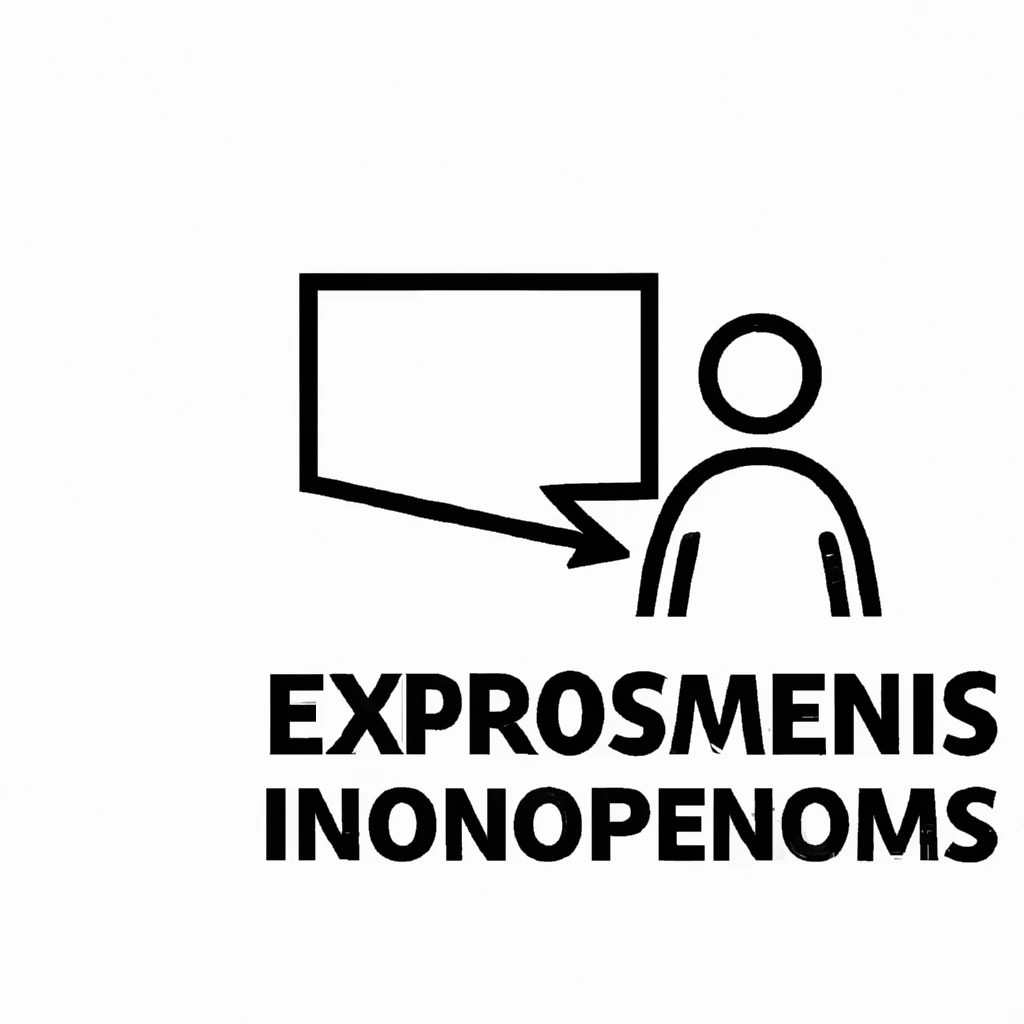Understanding Contingent Immunization: Definition, Advantages, and Disadvantages
Understanding Contingent Immunization in Investment
Contingent immunization is a strategic investment approach employed by fund managers to safeguard against losses. Specifically used in fixed-income portfolios, this tactic involves a proactive shift to defensive strategies when the portfolio’s returns fall below a specified threshold. The aim is to shield assets from further decline through a preset contingency plan.
Building on the principles of classic immunization, contingent immunization integrates active management methods with the goal of outperforming a benchmark. Classic immunization revolves around creating fixed-income portfolios that guarantee returns for a designated period, independent of yield curve fluctuations.
**Key Points**
- Contingent immunization involves a defensive shift if the portfolio return drops below a set level.
- It balances active management with risk mitigation strategies.
- While designed to limit losses, it may inadvertently lock in losses in some cases.
Implementation of Contingent Immunization
When a portfolio’s returns dip below a predefined threshold, the manager transitions from active management to executing a contingency plan to protect assets. Purchasing high-quality assets with stable income streams at lower risk levels is a common strategy adopted to secure a minimum return and shield remaining assets.
Contingent immunization is rooted in dedicated portfolio theory, where portfolios are constructed using securities like high-quality bonds with predictable income streams. Long-term and short-term positions along the yield curve are established to manage liabilities efficiently, especially in single asset-type portfolios such as government bonds.
Different strategies like cash matching and duration-matching are utilized to align assets with liabilities, ensuring stability amidst market fluctuations.
While a risk-minimization approach is crucial, a balance between achieving higher returns and maintaining immunization levels is essential. The difference between minimum and potential immunized returns, known as the cushion spread, determines the appropriateness of the portfolio strategy.
Benefits of Contingent Immunization
Contingent immunization offers a unique advantage in limiting tracking risks, preventing potential underperformance resulting from market fluctuations. By maintaining a balance between active management and risk aversion, it ensures stability and consistency in returns over time.
In favorable market conditions, contingent immunization allows for optimal returns while safeguarding against downturns. By enforcing a disciplined approach that hedges against losses during underperforming periods, investors can benefit from the fund manager’s ability to navigate market uncertainties judiciously.
Drawbacks of Contingent Immunization
Critics argue that contingent immunization can resemble market timing, potentially trapping losses instead of mitigating them. By attempting to anticipate market movements and adjust strategies accordingly, there is a risk of locking in losses inadvertently.
For instance, abrupt changes in interest rates or market conditions can trigger premature actions under contingent immunization, limiting the manager’s ability to capitalize on emerging opportunities. In such scenarios, the rigid adherence to predefined contingency plans may hinder the fund’s performance potential.





